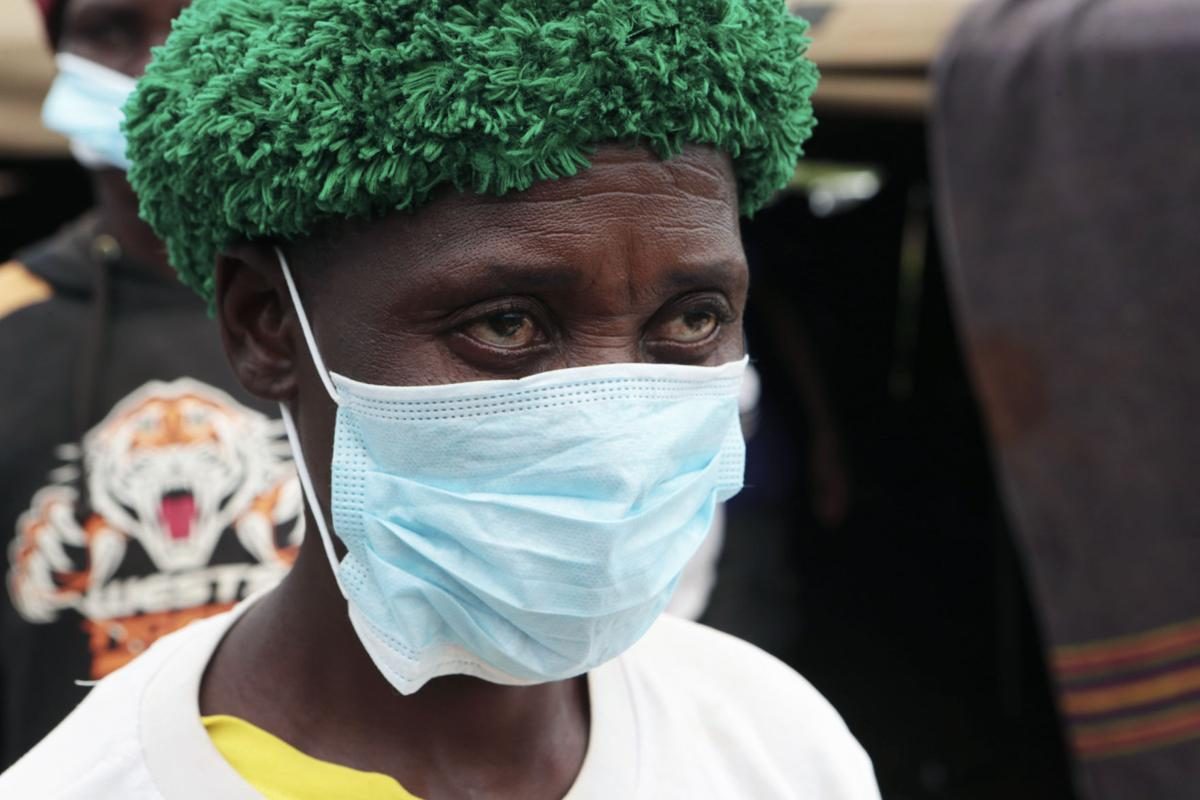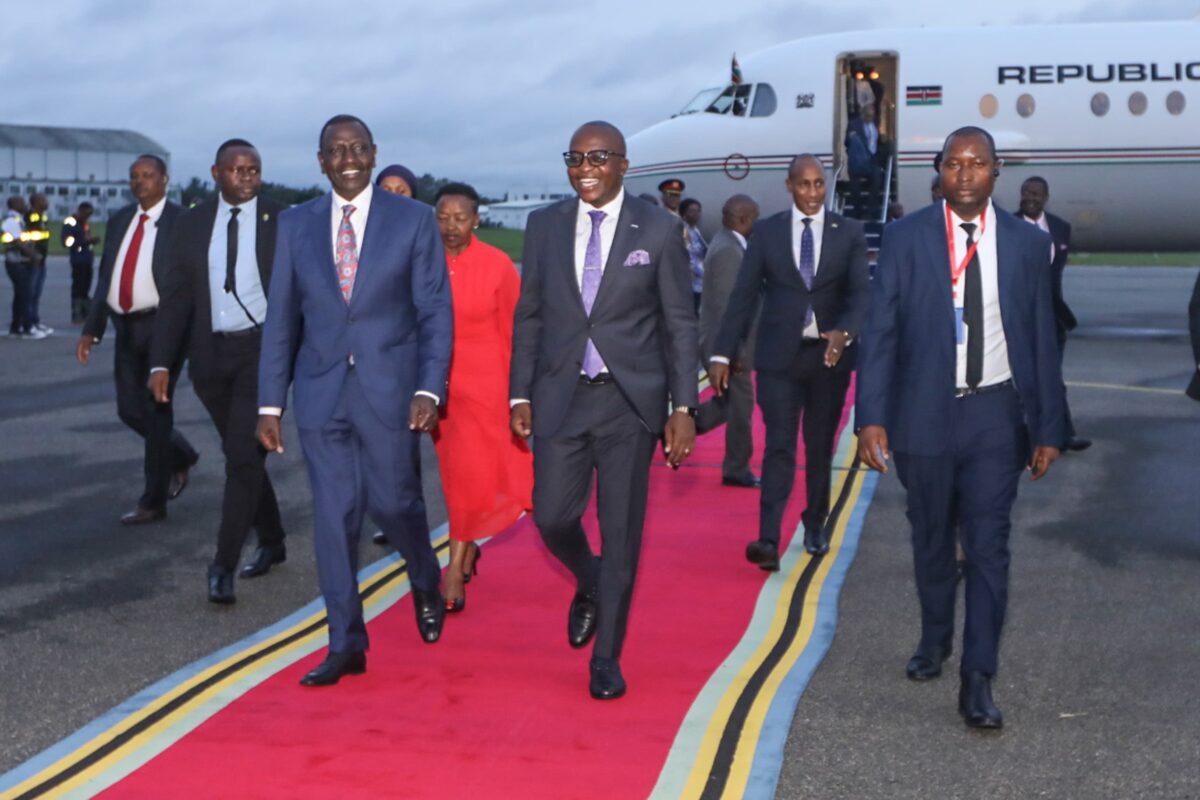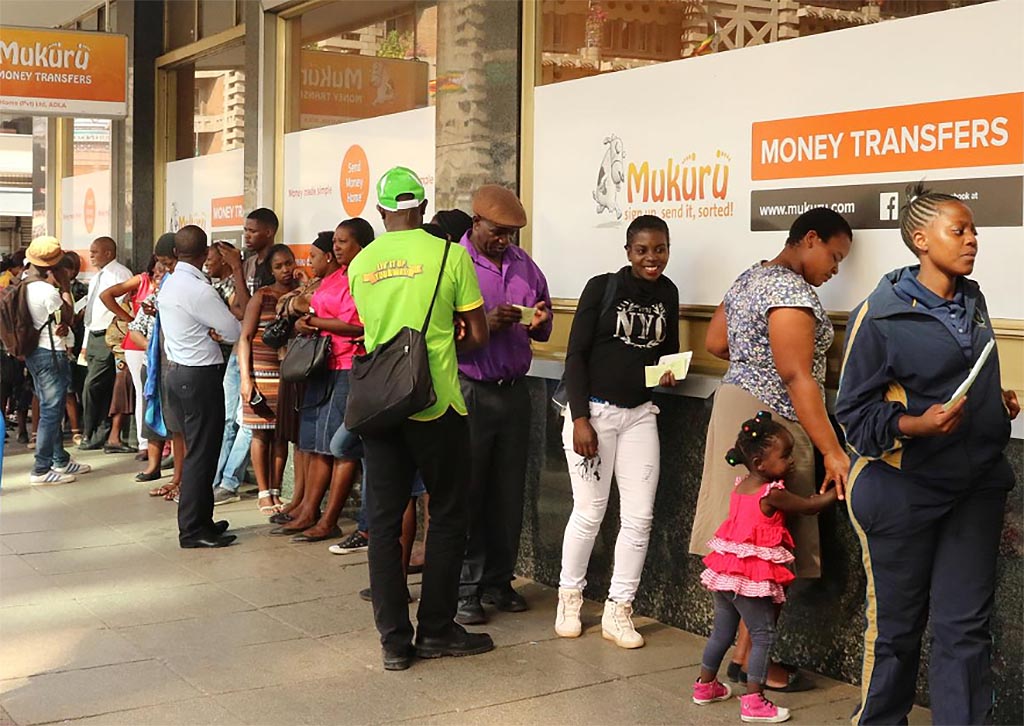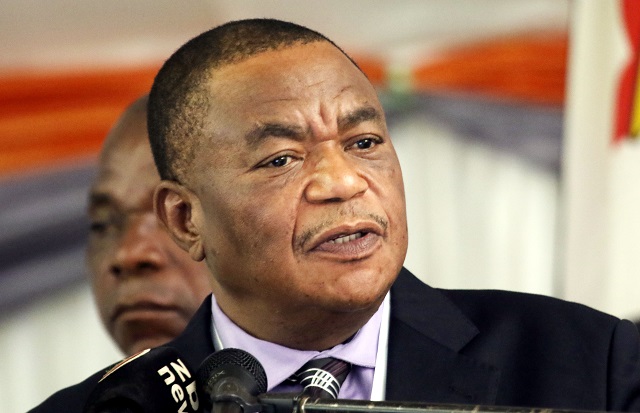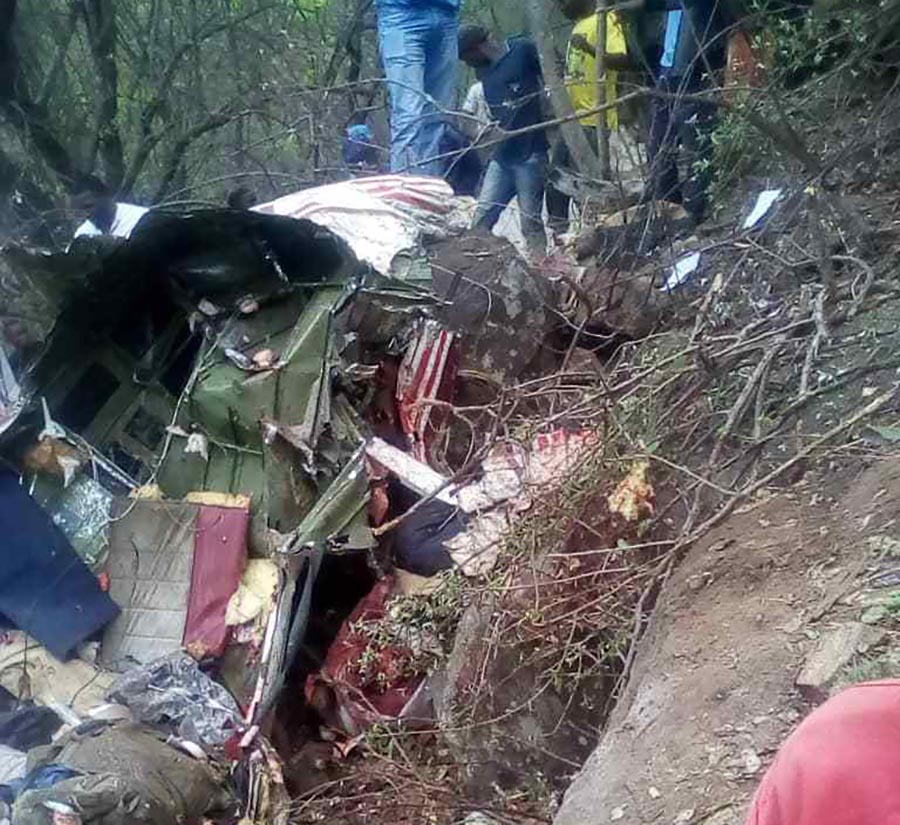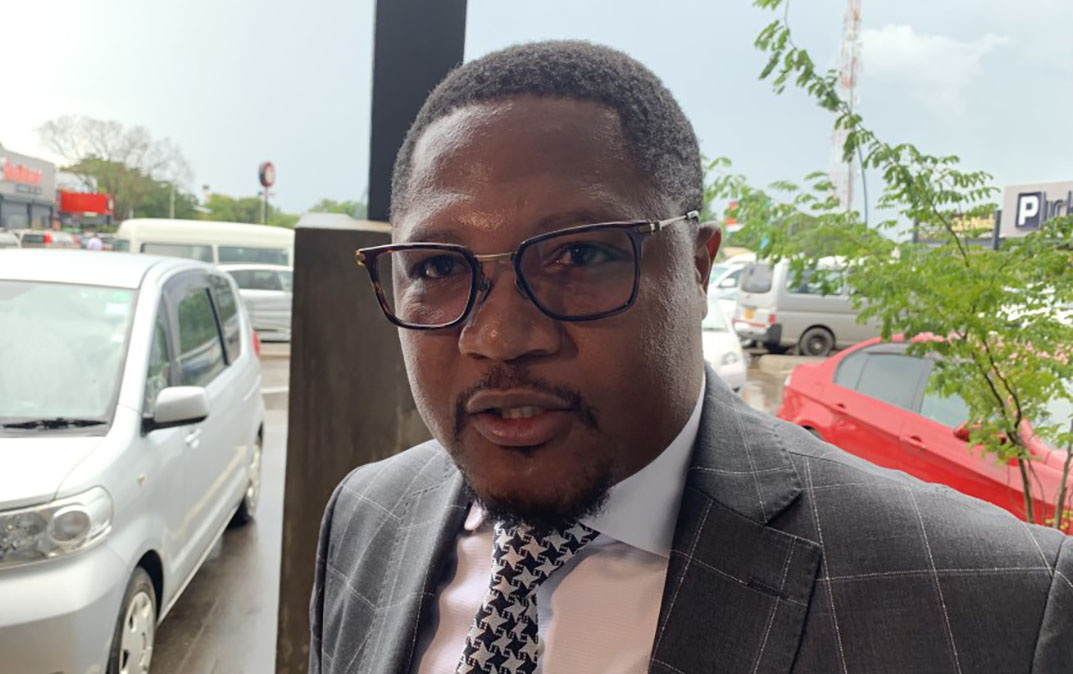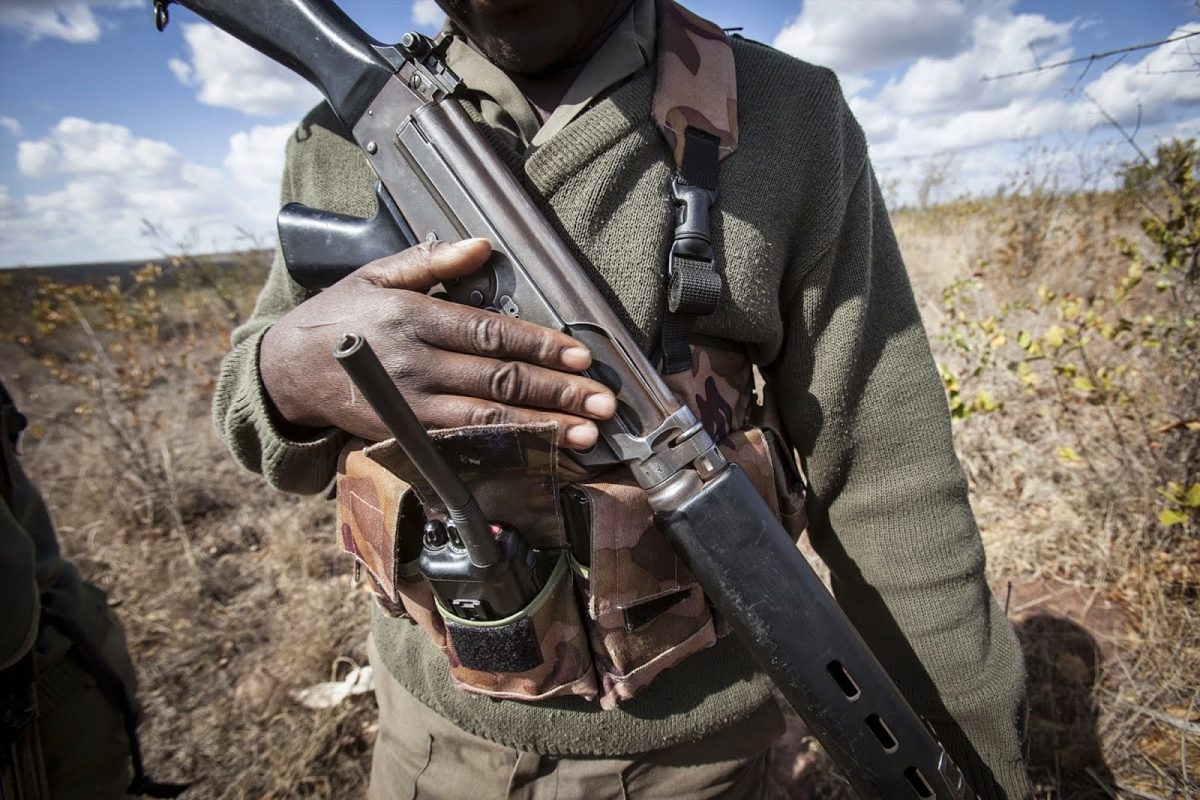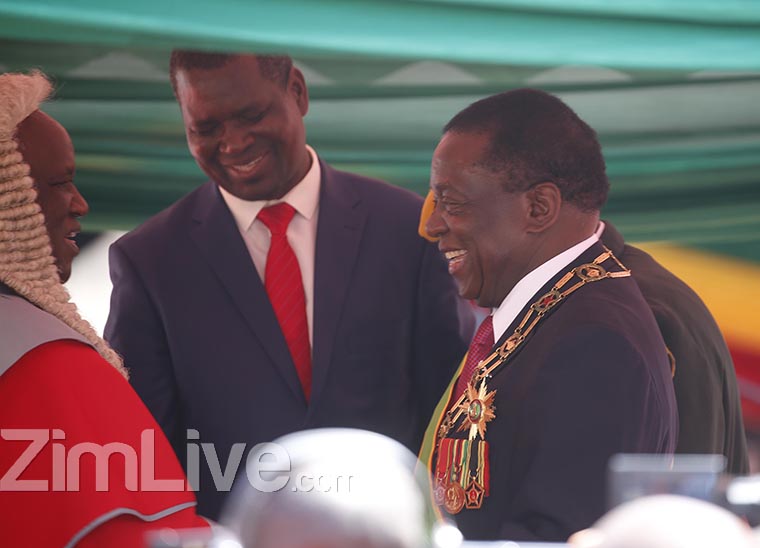BATTLEFIELDS – After the euphoria of Saturday when eight illegal miners were rescued alive on day five of a desperate underground rescue effort in Battlefields, the mood had darkened by Sunday as a 24th body was brought up to the surface.
Rescue efforts were continuing with water being pumped out of flooded underground tunnels to allow searchers to look for more bodies, as chances of finding anyone alive narrowed following the February 12 tragedy.
The government believes there could have been as many as 70 miners underground when flood waters inundated the underground tunnels.
Henrietta Rushwaya, the chief executive officer of the Zimbabwe Miners Federation, said on Sunday that 23 of the bodies have been identified while seven of the eight rescued miners had been discharged from a hospital after treatment.
Mines Minister Winston Chitando, who has faced calls to resign over the government’s slow response to the tragedy, visited Battlefields near Kadoma for the first time on Sunday in the company of Environment Minister Prisca Mupfumira.
Chitando promised a major review of legislation which would see the recognition of artisanal miners in the hope this would come with implementation of health and safety regulations.
The Environmental Management Agency (EMA) had recommended the sealing of the mine shafts only two weeks before the tragedy, Chitando said.
“Obviously it’s a learning point and we will as government have a serious review of this incident and come up with a policy position,” the minister told reporters.
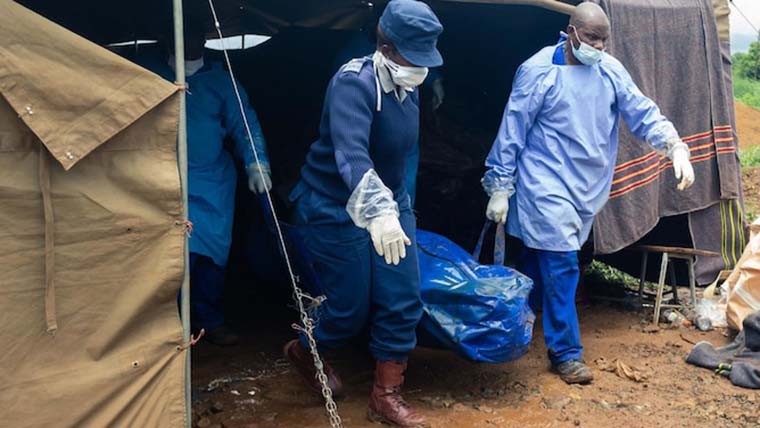
The surviving miners told journalists shortly after being rescued that if the rescue mission had been conducted quicker, they believed their colleagues who were in different tunnels would have survived.
Simon Mushonga, 26, told reporters that he did not believe their colleagues had drowned but had likely died from a lack of oxygen.
“It was not the water, it’s just an issue of carbon, it was not the drowning,” he maintained.
Fellow survivor Thinkmore Madimutse said although they were in a different tunnel, for days they could hear sounds coming from the other tunnels as their colleagues battled toxic air.
“I could hear from the other side of the shaft voices and sounds from people hitting against the wall,” he said. “I wish they had reached them sooner.”
Disaster struck on Tuesday when a makeshift dam burst and water inundated the mineshafts downstream, catching the miners unawares. The government’s abject lack of disaster preparedness was exposed as precious hours were lost.
It was only after the mining company, Zimplats, brought in its equipment and powerful pumps on Thursday that significant progress was made. The government only declared the incident a national disaster on Friday, an important step which allows for inter-agency co-ordination as well as establishing a clear process for outside help.
Battlefields and surrounding areas are rich in gold deposits and popular with artisanal miners, known locally as “Makorokoza”, who use picks and shovels and generator-powered water pumps. The miners operate without regulation.
Illegal mining has become rampant in a country where many people are unemployed.
The tragedy has shone a light on the risks run by illegal goldminers, who last year contributed a large part of Zimbabwe’s record 33 tonne bullion output.
